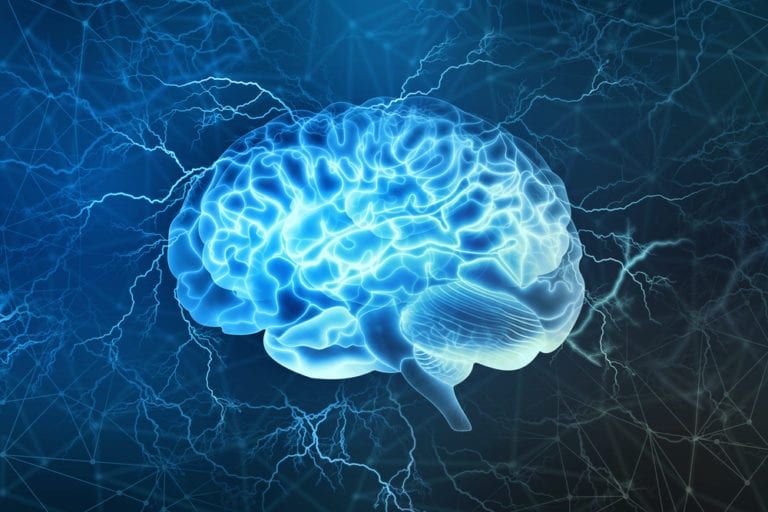Preparation and Reason for Evoked Potential Testing
There is no preparation for these tests. You may do normal daily activities and do not have to fast from any foods, drinks or medications.
VEP (Visual Evoked Potential):
This test is done to evaluate the visual function of the brain. It is performed when the doctor is looking for visual disturbances as in double vision, visual distortions, dizziness, off balance. Sensors are placed on the head and an eye patch is applied to 1 eye at a time. The patient watches a checkerboard patters that records the optic nerve pathways. The technologist records the information.
BAEP (Brainstem Auditory Evoked Potential):
This test is done to evaluate the brainstem function. The test may be done for patients with dizziness or off balance, walking difficulties and ringing in the ears.
SSEP Upper and Lower (Somatosensory Evoked Potential):
This is performed to evaluate for slowing of the sensory nerve pathways in the arms or legs, spinal cord, and nerve tracts to the brain.The test will be ordered on patients with questionable spinal cord damage to the somatosensory tract of the spine and brain. Patients with symptoms of sensory nerve damage such as numbness, tingling, burning in arms, legs, or any area of the body, as well as back pain may be scheduled for this test. Sensors are placed on the spine and head. Depending on which test is ordered a nerve will be stimulated in the wrists or ankles (feels like a little tingling feeling). The message is sent through the extremities to the brain. The technologist records the information.




